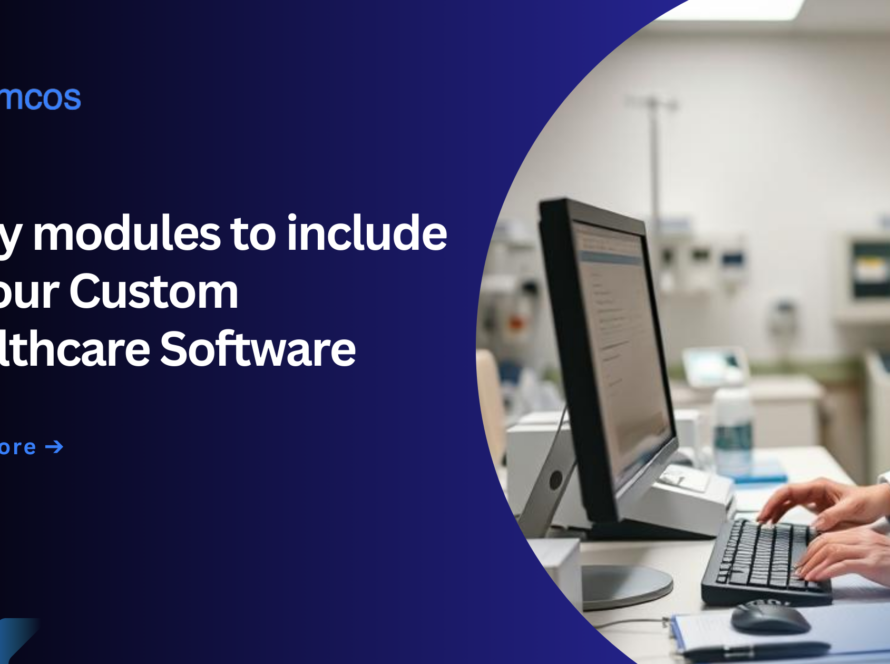Healthcare data de-identification risks is a major task because the promise of healthcare data anonymization seems simple: remove identifying information like names, medical record numbers, and addresses, and voilà – your sensitive medical information should be safe to share for research or analysis without compromising your privacy. But is de-identified healthcare data truly anonymous? The uncomfortable truth is that in today’s interconnected digital world, what we thought was “anonymous” often isn’t, especially with something as personal as health information.
Table of Contents
The Illusion of Anonymity in Healthcare
When healthcare organizations “anonymize” your medical data, they typically remove the 18 identifiers required by HIPAA, like your name and social security number. This creates a false sense of security because modern re-identification doesn’t need these direct identifiers. Healthcare data de-identification risks is a key steps as even researchers have demonstrated they match “anonymous” health records to specific individuals using publicly available information. For example, a combination of hospital visit dates and general demographics are enough to identify patients in supposedly anonymous medical datasets, putting sensitive diagnosis information at risk.
Why Healthcare De-Identification often Fails?
Healthcare data de-identification risks usually occur because HIPAA’s Safe Harbor method removes specific identifiers but often leaves distinctive patterns intact. Your medical history creates a unique footprint—the combination of conditions, medications, and treatment dates forms a pattern that function like a fingerprint. Studies show that knowing just gender, zip code, and birth date is able to identify about 87% of Americans. Add in specific medical events that might appear in other records (like emergency room visits reported in local news), and re-identification becomes even easier. The uniqueness of our health histories makes truly anonymous sharing of detailed medical data mathematically challenging.

Real Examples of Healthcare Re-Identification
Healthcare data de-identification risks are growing on a large scale. The Massachusetts Group Insurance Commission case demonstrates healthcare re-identification risks perfectly. They released “anonymized” health records after removing names and addresses. A graduate student identified Governor Weld’s complete medical history by comparing public voter rolls with the health data. In another case, researchers re-identified patients in a Washington state hospital discharge dataset using just a few pieces of publicly available information. DNA databases present additional challenges – researchers have shown they identify individuals from “anonymous” genetic information by comparing partial matches with public genealogy databases.
The Risk Landscape in Healthcare
Re-identification of health data carries particularly severe consequences. Healthcare data de-identification risks are critical to determine because exposed medical conditions lead to discrimination in employment, insurance coverage changes, or social stigma for sensitive conditions. Mental health records, addiction treatment histories, or genetic predispositions could affect everything from job opportunities to personal relationships if improperly exposed. Beyond individual harm, breaches of trust make patients reluctant to share accurate information with healthcare providers or participate in medical research, ultimately hampering scientific progress that could benefit everyone through better treatments and understanding of diseases.
Best practices for Healthcare Organizations
Healthcare organizations must move beyond minimum HIPAA compliance to truly protect against re-identification. Conduct thorough risk assessments that consider what other medical or public information might exist that could be combined with your dataset. Implement advanced techniques like differential privacy alongside strong access controls. Use data minimization, share only the medical information fields absolutely necessary for the specific research question. Create secure data enclaves where researchers are able to analyze information without extracting raw data. Require data use agreements specifically prohibiting re-identification attempts. Regular privacy impact assessments help identify vulnerabilities in medical datasets before breaches occur.
What Patients should do?
While patients have limited control over how healthcare organizations handle their medical data, you must take some protective steps. Ask your providers about their data sharing practices and opt out when possible if you have concerns. Read privacy policies focusing on how your health information might be shared for research or commercial purposes. Be cautious about sharing health information on social media or health apps that aren’t covered by HIPAA protections. Support healthcare providers and researchers who demonstrate commitment to privacy. Consider the privacy implications before participating in genetic testing services that may share anonymized data with third parties.
Beyond traditional Healthcare Anonymization
Differential privacy offers better protection for health data by adding carefully calibrated random noise. This mathematical approach ensures that including or excluding any patient doesn’t significantly change analysis results, making re-identification mathematically impossible while preserving valuable insights for research. Synthetic patient data generation creates artificial medical records that maintain statistical relationships between conditions, treatments, and outcomes without corresponding to real patients. These advanced approaches for Healthcare data de-identification risks provide stronger protection than traditional anonymization methods while still enabling crucial medical research and healthcare quality improvement.

Genetic Data: The Ultimate Re-Identification Challenge
Genetic information presents unique privacy challenges because DNA is inherently identifying, it’s literally your biological signature. Even “anonymized” genetic data is re-identified through relatives’ DNA submitted to genealogy services. So, working of identified Healthcare data de-identification risks creates soe problems here. In one famous study, researchers identified anonymous DNA donors using only publicly available genetic genealogy databases and basic demographic information. As genetic testing becomes routine in healthcare, protecting this sensitive data becomes increasingly demanding. The information encoded in your genome includes disease predispositions, ancestry, and potentially stigmatizing information that could affect insurance coverage or create discrimination risks if improperly exposed.
Re-Identification Across Healthcare Systems
The fragmented nature of healthcare creates special re-identification vulnerabilities. Patients typically visit multiple providers, pharmacies, testing facilities, and specialists throughout their lives. Each interaction creates records that, while separately anonymized, could be linked together so Healthcare data de-identification risks identification is much needed. Researchers have demonstrated that patterns of care across systems uniquely identify patients even when each dataset follows de-identification guidelines. As health information exchanges grow, data brokers collect more information, and medical records become increasingly digital, the potential reference points for re-identification multiply. This “ecosystem” challenge requires coordination across healthcare organizations and stronger health data governance frameworks beyond individual privacy policies.
Future of Healthcare Data Privacy
Balancing medical research needs with patient privacy is a defining healthcare challenge. As AI and machine learning advance, both the research value of health data and re-identification sophistication increase. By identifying Healthcare data de-identification risks, we need approaches beyond HIPAA’s binary “identified” versus “de-identified” framework. Promising techniques include federated learning (where AI models come to the hospital data rather than centralizing sensitive records) and secure multi-party computation. Regulation will likely evolve toward outcome-based privacy accountability rather than just procedural requirements. We need better patient understanding of healthcare data privacy so people can make informed choices about sharing their medical information.



